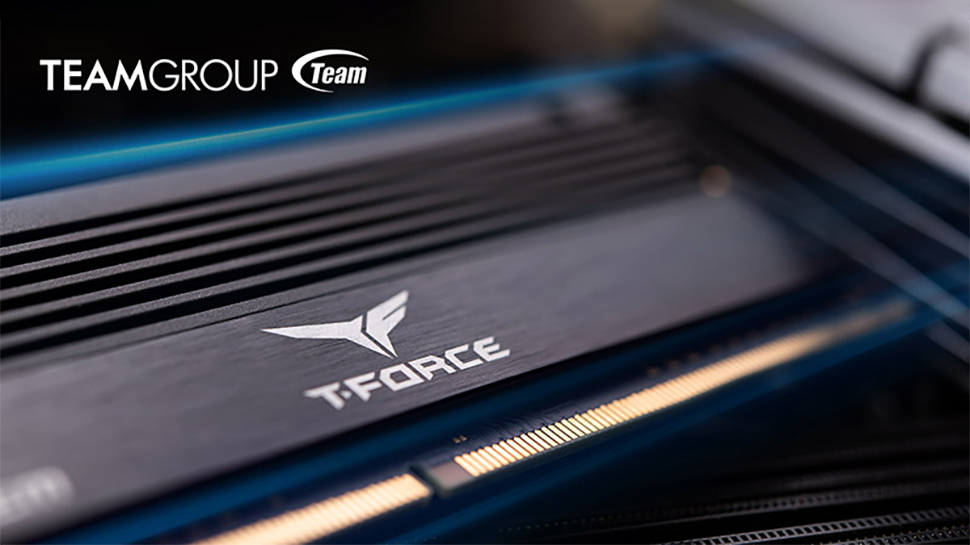Team Group has been rather active in recent months announcing its intentions for the next-generation DDR5 memory modules. This week the company disclosed plans to build enthusiast-grade DDR5 UDIMMs with their own engineered power management ICs and voltage regulators in a bid to support extreme voltage hiking to boost overclocking potential.
Team Group is apparently the first company to announce its T-Force modules with their own voltage regulating modules (VRM) and power management ICs (PMIC). The manufacturer says that its T-Force DDR5 modules for enthusiasts will be able to increase memory supply voltage (Vdd/Vddq) all the way to 2.6V, which seems to be an overkill.
One of the interesting features of DDR5 memory modules is that they can be equipped with their own VRMs and PMICs in a bid to reduce voltage fluctuation ranges, reduce power consumption, potentially improve DRAM yields, and increase performance where possible.
Memory modules with their own VRMs and PMICs were envisioned primarily for servers that pack terabytes of DRAM and power consumption of their memory can exceed power consumption of their CPUs. But makers of DRAM modules for client PCs can also equip their products with over-engineered VRMs and PMICs with a sole purpose in mind: boost out-of-box performance and maximize overclocking potential.
DDR5 drops DRAM supply to 1.1 volts with an allowable fluctuation range of about 3% (±0.033V) from 1.2 volts in case of DDR4. The new specification introduces a host of new speed bins up to DDR5-6400 at 1.1V, so there is a lot to play with. Increasing Vdd/Vddq by 136% (or by 2.36 times) seems to be rather dangerous for memory ICs and is a nearly guaranteed way to kill them. Meanwhile, having a massive voltage increase headroom may not be such a bad thing.
Team Group did not disclose when it plans to launch its T-Force DDR5 modules with onboard VRM and PMIC, but a logical guess is that the company will make them available as soon as Intel starts selling its next-generation Alder Lake processors for enthusiasts.
